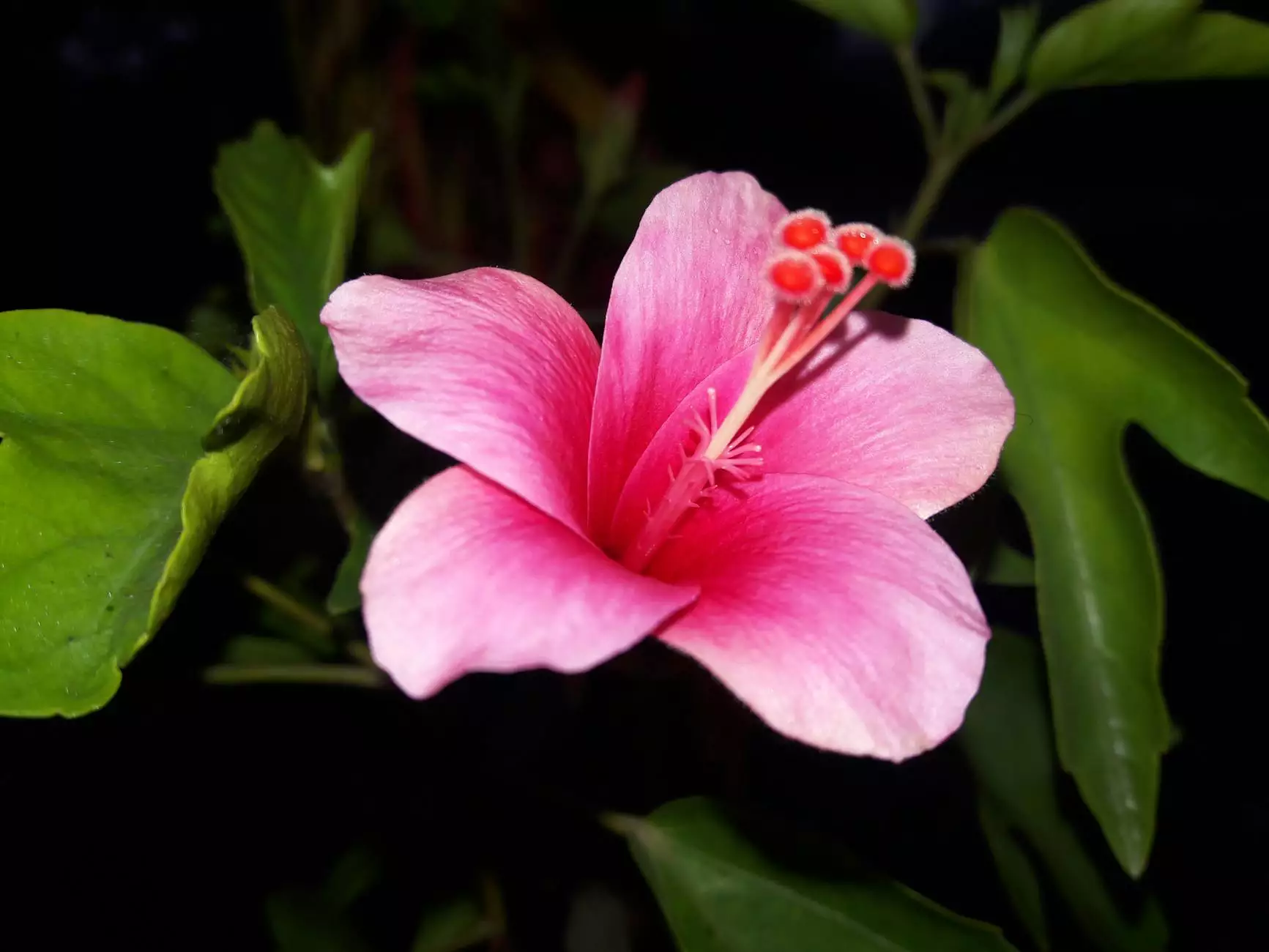The Wonders of the Japanese Wasabi Plant: A Culinary Treasure

The Japanese wasabi plant (Wasabia japonica) is a unique and traditional ingredient in Japanese cuisine, renowned for its distinctive flavor and numerous health benefits. This article dives deep into the fascinating aspects of wasabi, its cultivation, culinary applications, and its importance in Japanese culture. Join us on this enlightening journey as we explore why the Japanese wasabi plant has captivated the hearts and palates of food lovers worldwide.
The Origin and Cultivation of the Japanese Wasabi Plant
Natively found along the cool, running streams of Japan, the Japanese wasabi plant thrives in moist, shaded environments. Cultivating this exquisite plant is an ancient practice, refined over centuries. Wasabi is primarily grown in the mountain streams of Japan, where the water quality and temperature create the ideal conditions for this delicate herb to flourish.
Ideal Growing Conditions
- Temperature: Wasabi prefers temperatures between 45°F and 75°F (7°C to 24°C), making it a cool-growing plant.
- Water: Fresh, running water is essential for wasabi, providing both nutrients and a controlled cooling environment.
- Shade: Direct sunlight can harm the plant; therefore, they thrive in shady conditions, often found under the forest canopy.
The Cultivation Process
Growing the Japanese wasabi plant involves a meticulous process that requires patience and expertise. The journey begins with selecting the right seeds or rhizomes, followed by the preparation of the planting site, which must have excellent drainage and an ample supply of water. Here’s an overview of the steps involved in wasabi cultivation:
- Soil Preparation: The soil must be rich in organic matter, well-drained, and pH balanced.
- Planting: Seeds are often sown or rhizomes are planted in rows; careful spacing ensures optimal growth.
- Water Management: Regular monitoring of water quality and flow is crucial to emulate the natural habitat of wasabi.
- Harvesting: Typically, wasabi takes 18 months to 2 years to mature, at which point the rhizomes are harvested.
The Culinary Significance of the Japanese Wasabi Plant
Wasabi is most famously known for its role in Japanese cuisine, particularly as an accompaniment to sushi and sashimi. The sharp, pungent flavor of authentic wasabi adds an unparalleled zest to dishes, enhancing the overall dining experience.
Flavor Profile
The taste of wasabi is often misunderstood. Unlike traditional hot condiments like mustard or horseradish, the heat from wasabi is fleeting and tends to focus on the nasal passages, providing a distinct yet enjoyable burn that complements food without overwhelming it.
Uses in Japanese Cuisine
Here are some prominent ways the Japanese wasabi plant is utilized in traditional and contemporary dishes:
- Sushi and Sashimi: Fresh wasabi paste is a staple for sushi, enhancing the flavor of fish without overshadowing its natural taste.
- Wasabi Peas: A popular snack, these crunchy peas coated with wasabi seasoning offer a delightful kick.
- Dressings and Sauces: Wasabi can elevate dressings, dips, and marinades, adding complexity to otherwise simple flavors.
- Soups: Incorporating wasabi into both traditional and modern soups can elevate the umami experience of the dish.
Health Benefits of the Japanese Wasabi Plant
The Japanese wasabi plant is not just a culinary delight; it is also celebrated for various health benefits, making it a functional ingredient in a balanced diet.
Rich in Nutrients
Wasabi contains essential nutrients such as vitamins C and B6, potassium, and magnesium. Additionally, it is rich in antioxidants, aiding in the fight against oxidative stress in the body.
Potential Health Benefits
- Anti-Inflammatory Properties: Wasabi may help reduce inflammation, potentially alleviating symptoms of chronic inflammatory conditions.
- Antimicrobial Effects: Research indicates that wasabi has antimicrobial properties, which might help in fighting off harmful bacteria.
- Support for Digestive Health: The compound allyl isothiocyanate contributes to digestive health by promoting the production of digestive enzymes.
differentiating between Real and Fake Wasabi
One of the challenges faced by consumers is differentiating between real wasabi and imitation wasabi, which is often made from horseradish and colored with green dye. True wasabi has a unique flavor profile and health benefits that are absent in generic alternatives.
Recognizing Authentic Wasabi
Here are some tips to identify real wasabi:
- Color: Authentic wasabi has a natural green hue, while imitation products often appear unnaturally vibrant.
- Texture: Fresh wasabi has a creamy, smooth texture when grated, contrasting with the gritty consistency of many fake products.
- Flavor: True wasabi provides a sharper, more nuanced flavor compared to the overwhelming heat of horseradish.
Conclusion: The Lasting Impact of the Japanese Wasabi Plant on Global Cuisine
The Japanese wasabi plant is more than just an ingredient; it connects people to the rich history and culture of Japan. As global cuisine continues to evolve, the unique flavor and health benefits of real wasabi will undoubtedly inspire chefs and food enthusiasts around the world. By choosing authentic wasabi, not only do you enhance your culinary experiences, but you also support sustainable farming practices and the preservation of traditional Japanese culture.
For the best quality and authentic wasabi products, visit realwasabi.com, where we celebrate and share the magnificence of this remarkable plant.









